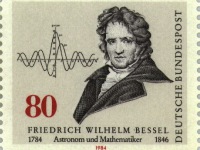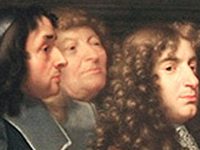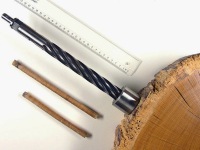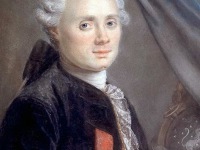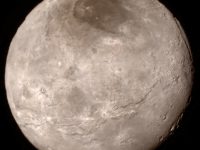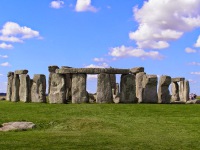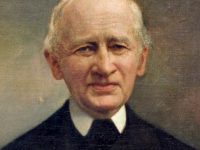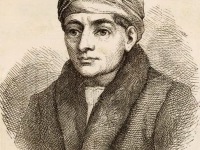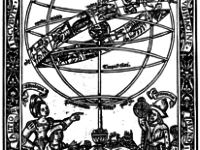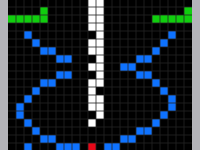Friedrich Wilhelm Bessel and the Distances of Stars
On July 22, 1784, German mathematician and astronomer Friedrich Wilhelm Bessel was born. He is probably best known for his works in mathematics, where he discovered the eponymous Bessel-functions, which are critical for the solution of certain differential equations. Friedrich Wilhelm Bessel – Youth and Education Friedrich Wilhelm Bessel was born in Minden, Westfalia, as the second child of a large family with six daughters and three sons. His mother Friederike Ernestine…
Read more

